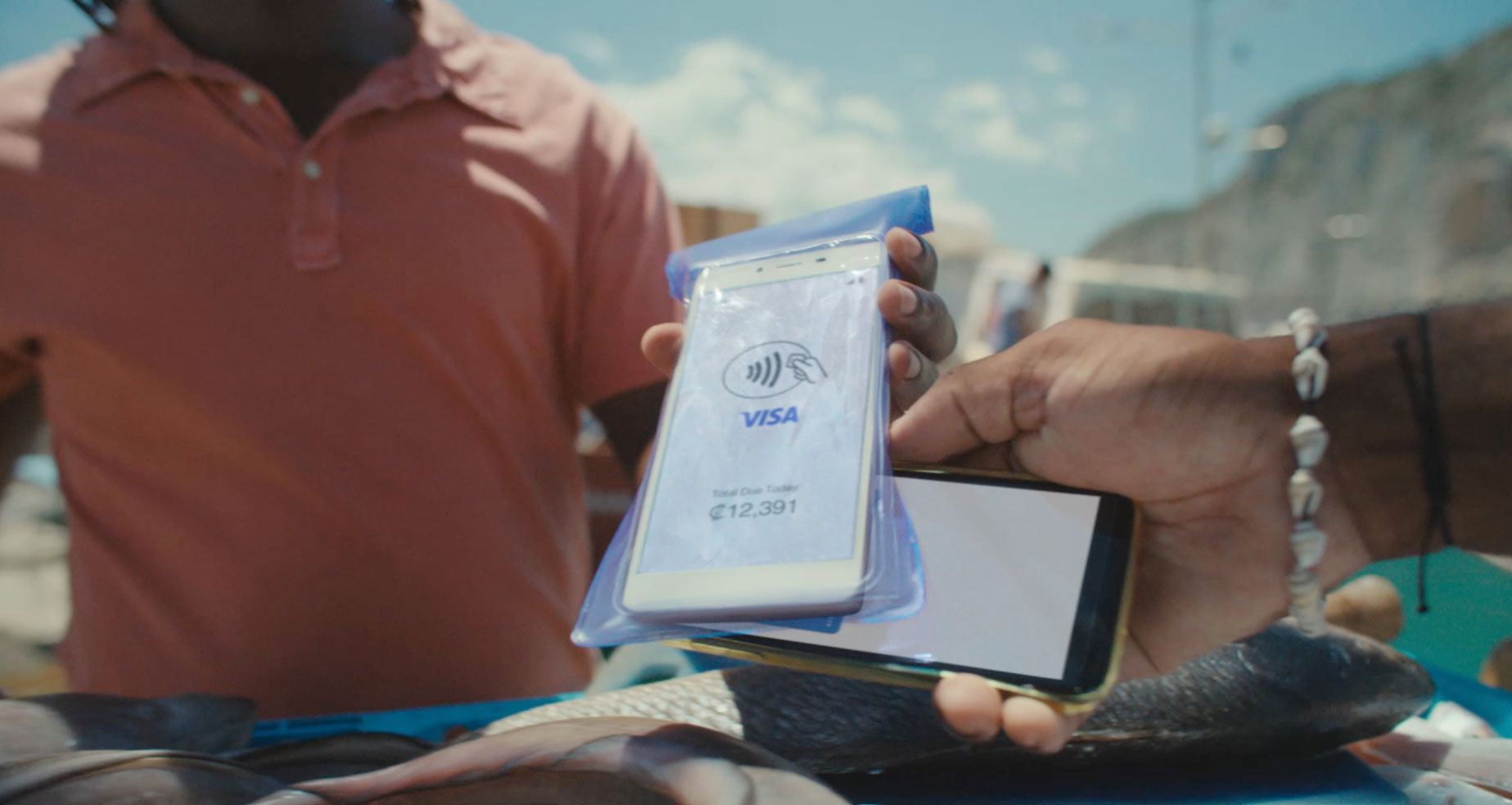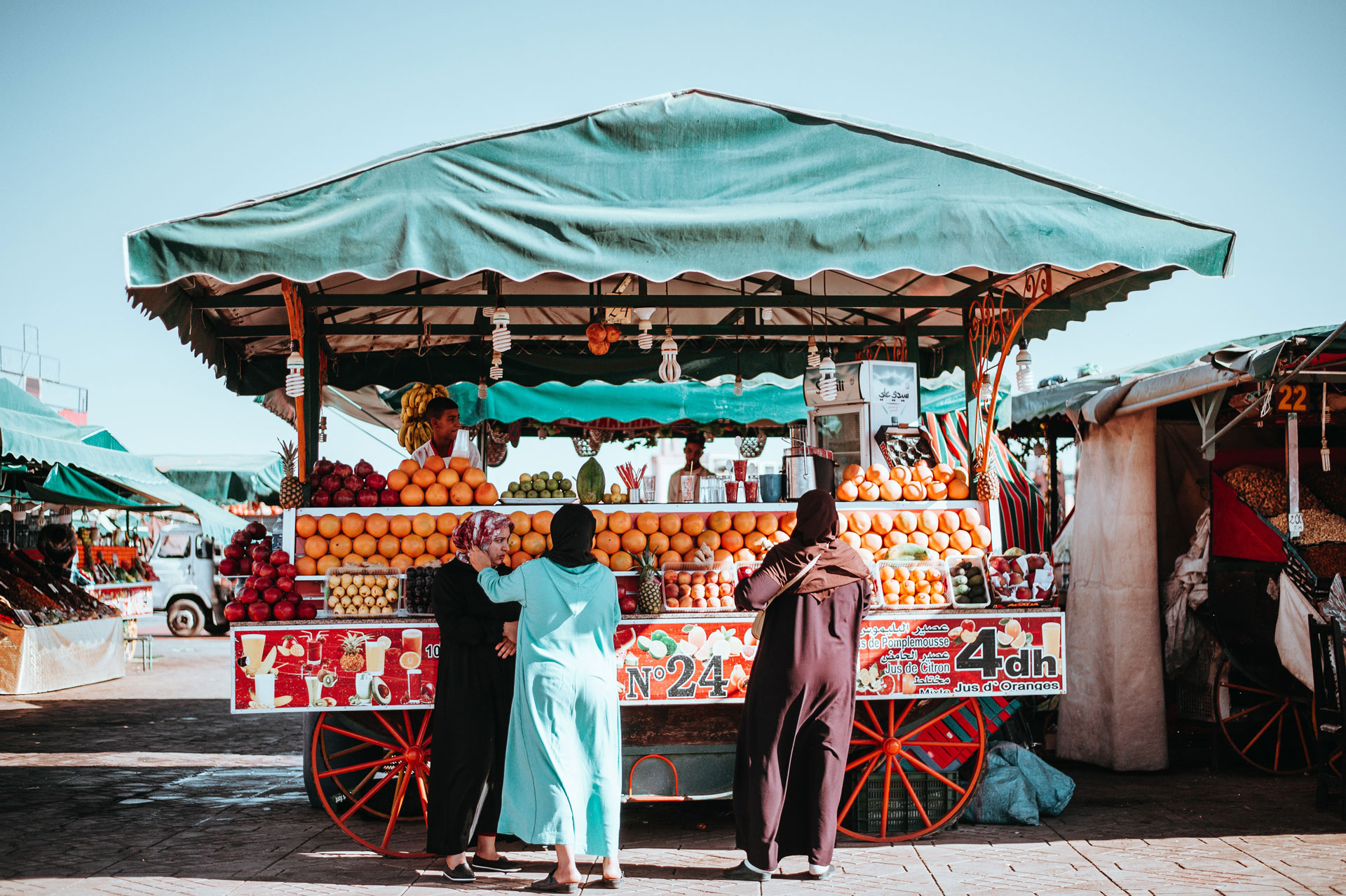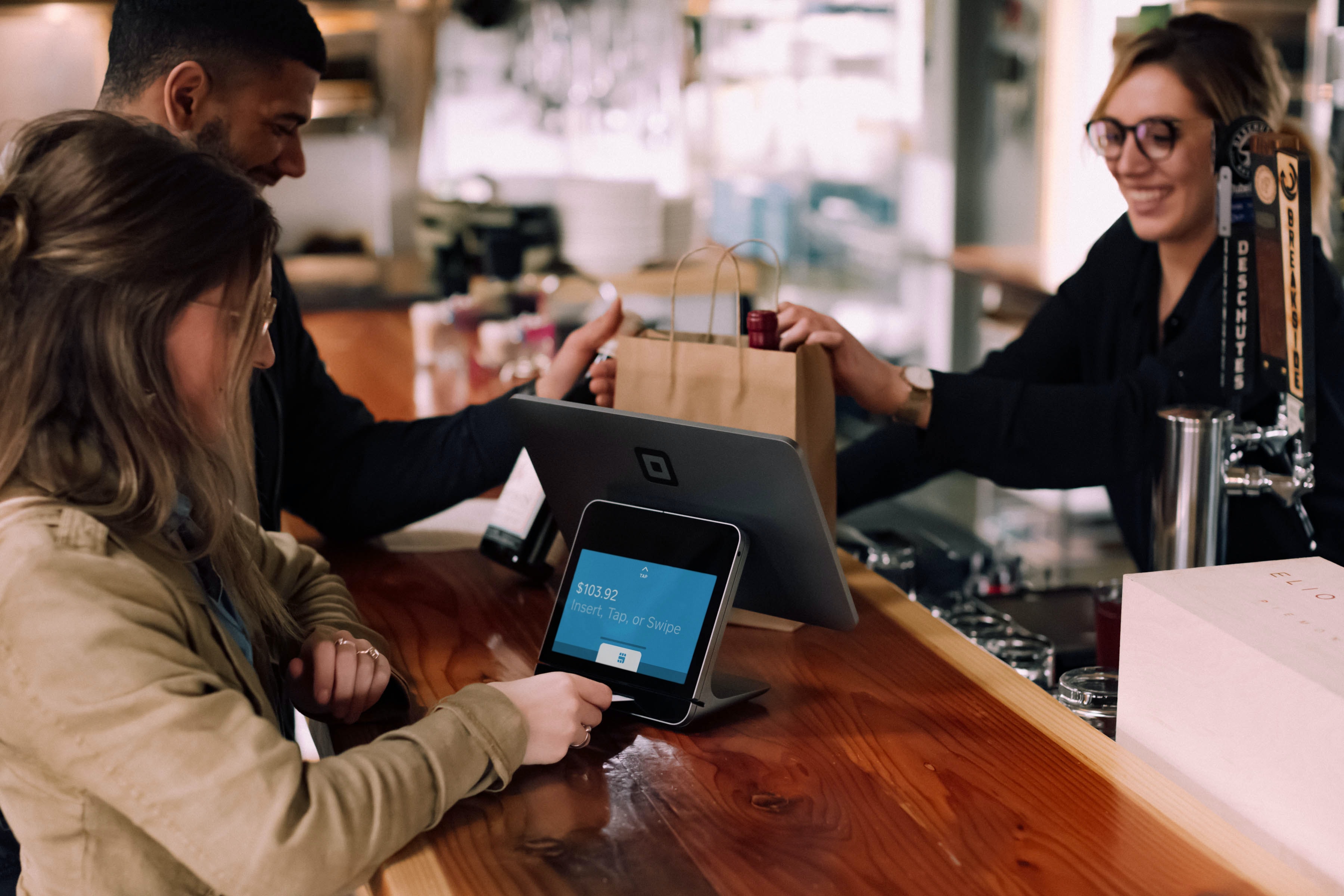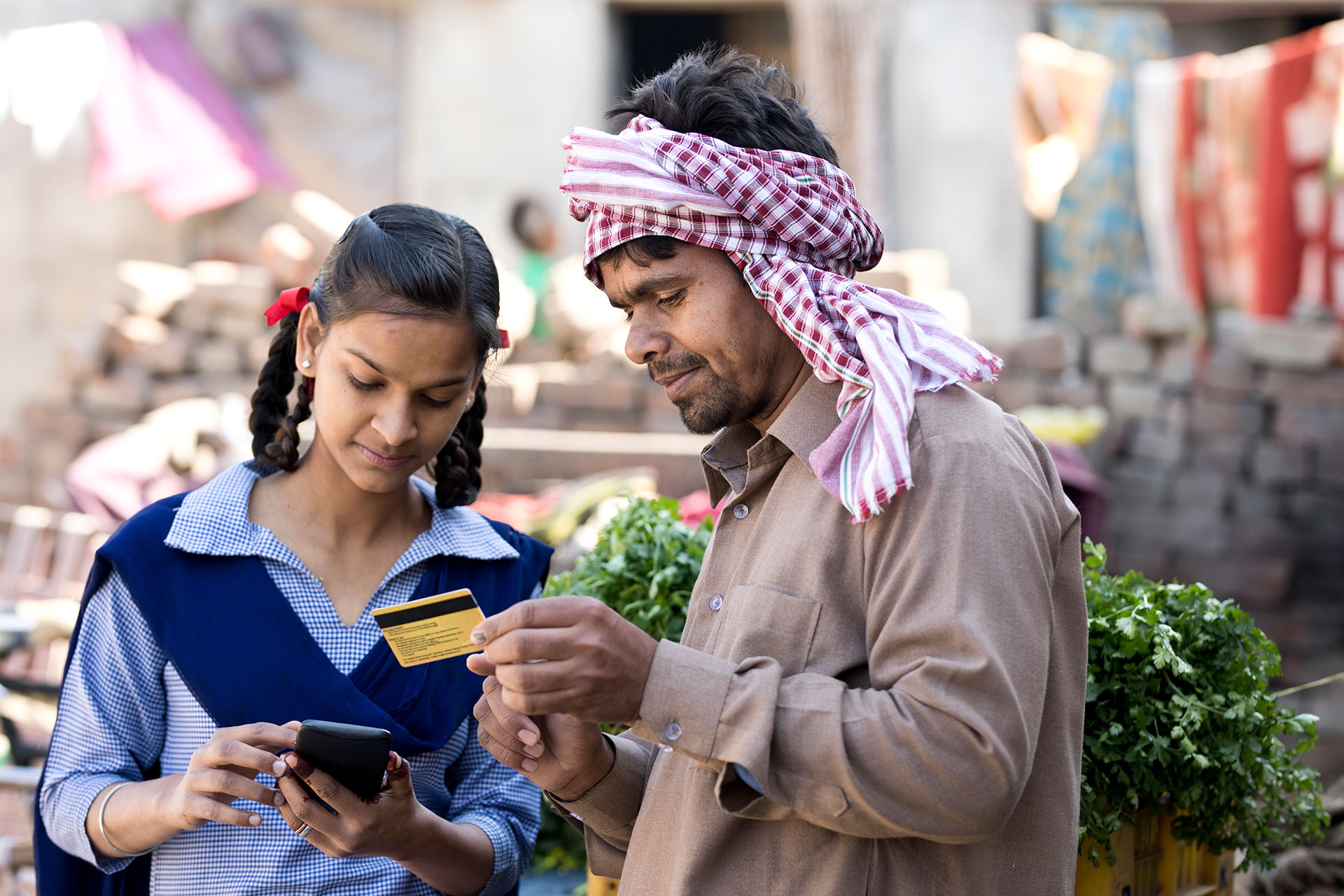
Asia-Pacific’s changing remittance landscape
With peer-to-peer payments across the region rising rapidly and the needs of consumers becoming ever more digitised, the only constant is change
The past decade has seen dramatic changes in the ways we send money across borders, from one person to another. Ongoing technological innovation and macroeconomic trends – including patterns of migration and labour mobility during the post-pandemic era – have all had a profound impact on the business of cross-border payments. These shifts are especially marked in Asia-Pacific (APAC). In fact, APAC’s peer-to-peer (P2P) remittances landscape has experienced more rapid change than any other region and is growing faster than ever.
How can the banks, remitters and fintechs that serve these customers take advantage of the opportunities these changes present?
Data collected as part of the Global Market Sizing Analysis commissioned by Visa in 2022 indicates a potential 7 per cent year-on-year growth in remittance volume in Asia-Pacific, defying earlier predictions of lessening flows due to the pandemic. A high migration rate has led to large numbers of Asian workers sending regular remittances to their families at home. According to the World Bank, India received $89.4bn in remittances in 2021, and was on track to receive $100bn in 2022.
“It’s no surprise that Asia-Pacific is one of the largest net-receive regions globally, with Asian students making up around 53 per cent of foreign students enrolled in educational institutions worldwide and families, scholarship bodies and other entities sending money digitally and cross-border to support them,” says Deepan Dagur, Vice President, Head of Visa Direct, Asia Pacific at Visa. “Additionally, the prevalence of digital wallets and credit or debit cards has made P2P remittances possible for the many people in Asia-Pacific who don’t have a bank account, further contributing to the remittance flows.”
“Microtised” transaction sizes
As the overall volume of payments increases, the average transaction size is decreasing. In fact, 90 per cent of all cross-border payments are now valued at less than $100,000. This trend towards payment “microtisation” is largely driven by technological advances in P2P remittances, which has led to increasing consumer demand for services. A decade ago, when making a payment to, say, a child studying overseas was more difficult and expensive, remittance senders would often make larger and less frequent payments. The increasing frequency of sending money to and from Asia-Pacific has been driven largely by the ease of using app-based digital remittances.
According to a recent Visa research report, Money Travels: 2023 Digital Remittances Adoption, 43 per cent of surveyed consumers in Singapore now use a payments app to send money at least once a month. “When transactions can be executed from a mobile app, where the cost is single-digit dollars and funds are received on the same day, it’s clear to see why transaction volumes increase, albeit with smaller average ticket sizes,” says Dagur.
Opportunities for payments businesses
Given the shifts in the remittances landscape, payment services providers now have an opportunity to develop an infrastructure that is better suited to the evolving nature of small-ticket, high-volume remittances.
P2P remittance senders in Asia-Pacific are increasingly drawn to platforms and services that are fast and locally relevant, and have appropriate fee structures; providers that can seamlessly process rapidly rising volumes of smaller but more frequent cross-border remittances will have a clear advantage. Visa Direct is in this space, partnering with payments businesses to enhance both domestic and cross-border money movement with near real-time capabilities.
Working closely with banks, fintech companies and merchants across Asia-Pacific to help them respond to the opportunities they encounter, Visa Direct can help P2P remitters send money into 2.5bn bank accounts, 1.5bn digital wallets and 3bn credit or debit cards across 180 different countries and territories. “We’re in the business of giving banks and fintechs a choice that allows them to compete with other offerings,” Dagur concludes. “Because they’re in a competitive market where they are trying to build market share while keeping their customers happy.”
















